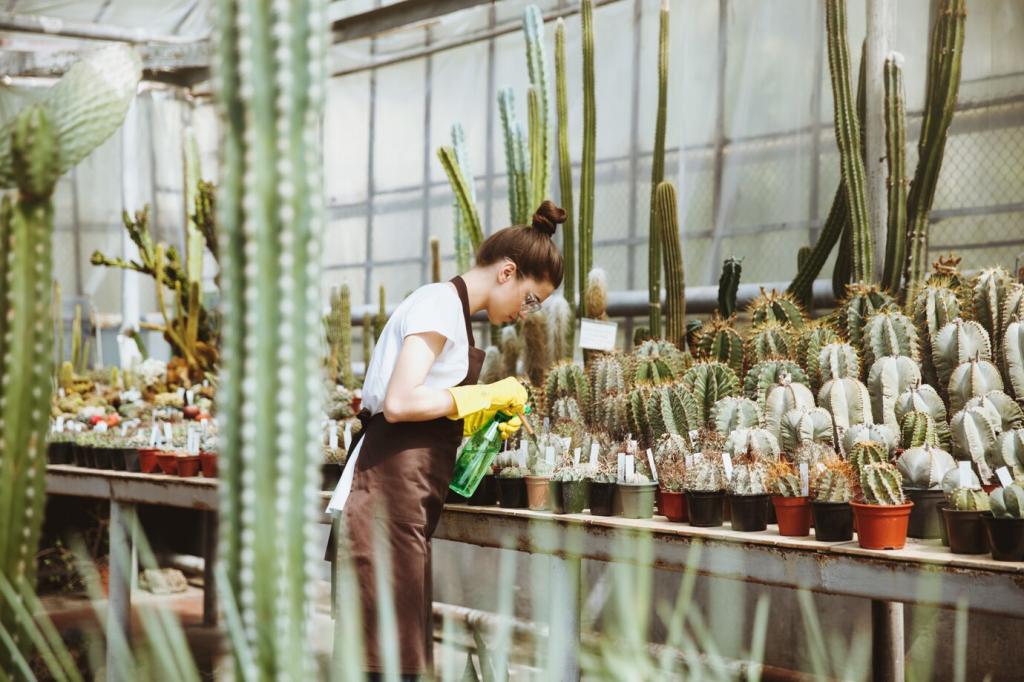Seed Vitality Rituals: Gentle Starts for Strong Plants
Traditional guidance recommends a brief soak of seeds in diluted milk with a hint of honey and ghee, then thorough air-drying before sowing. This symbolic nourishing bath echoes food-as-medicine. Try with legumes or gourds at small scale first, record germination rates, and share your results with our community.
Seed Vitality Rituals: Gentle Starts for Strong Plants
Lightly dusting seeds with clean wood ash and a pinch of turmeric offers a mild antimicrobial barrier. The ash also contributes potassium, supporting early growth. Keep the coating thin to avoid clumping. Post your before-and-after sprout photos, and we’ll compile a subscriber gallery of seed-start experiments.




